For many people, technical writing is synonymous with instructions and manuals.
However, here at Archbee, we consider that there are more types of technical writing that aspiring tech writers should know about.
Being aware of all the different types will allow you to see the work from new perspectives or even help you find new directions for your career.
So, let’s see what technical documents you can find across industries.
Scientific Papers
Scientific papers are highly specialized, which makes them a challenging type of technical writing to create.
Still, they make up a significant portion of content that readers interested in science consume, so a good technical writer has to know how to clearly present the convoluted findings.
The reason why scientific papers are frequently considered inaccessible is because of the jargon-heavy language they use.
Unclear writing creates a barrier for knowledgeable readers, let alone non-expert ones.
For instance, readers often object to the use of abbreviations with no clarification.
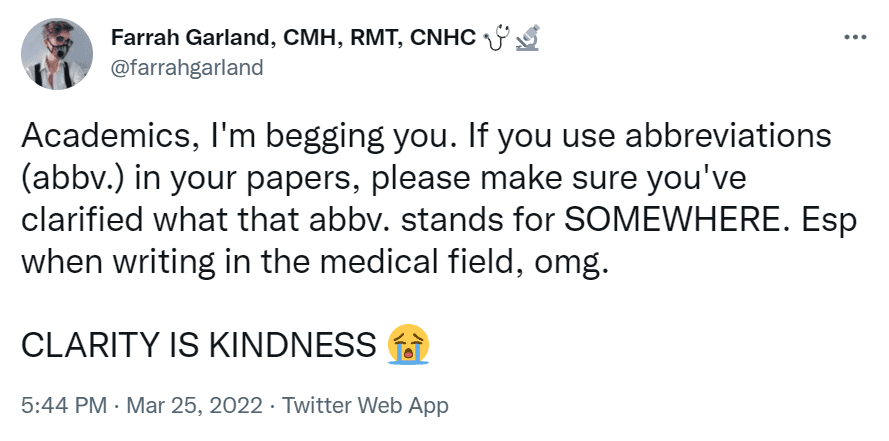
Source: Twitter
We’ll now look at an example of a medical paper that neatly overcomes the challenge of introducing jargon and acronyms.
The paper, published in the Experimental & Molecular Medicine journal, explores fibroblast to osteoblast conversion. As you can assume, it contains specialized language.
However, the authors have ensured that the full term accompanies each acronym. Here are some examples.
BM-MSCs
Bone marrow-derived mesenchymal stem cells
iOBs
Induced osteoblast-like cells
iPSCs
Induced pluripotent stem cells
BM-MSCsBone marrow-derived mesenchymal stem cellsiOBsInduced osteoblast-like cellsiPSCsInduced pluripotent stem cells
While these may not turn an average reader into a medical expert, the explanations certainly help clarify the text—a hallmark of great technical writing.
If you browse the paper further, you’ll also notice that the authors have put in the effort to present the main idea in a way understandable to all readers, not just to peer biomedical engineers.
The following illustration shows the bone remodeling process, together with a depiction of bone structure before and after the process.
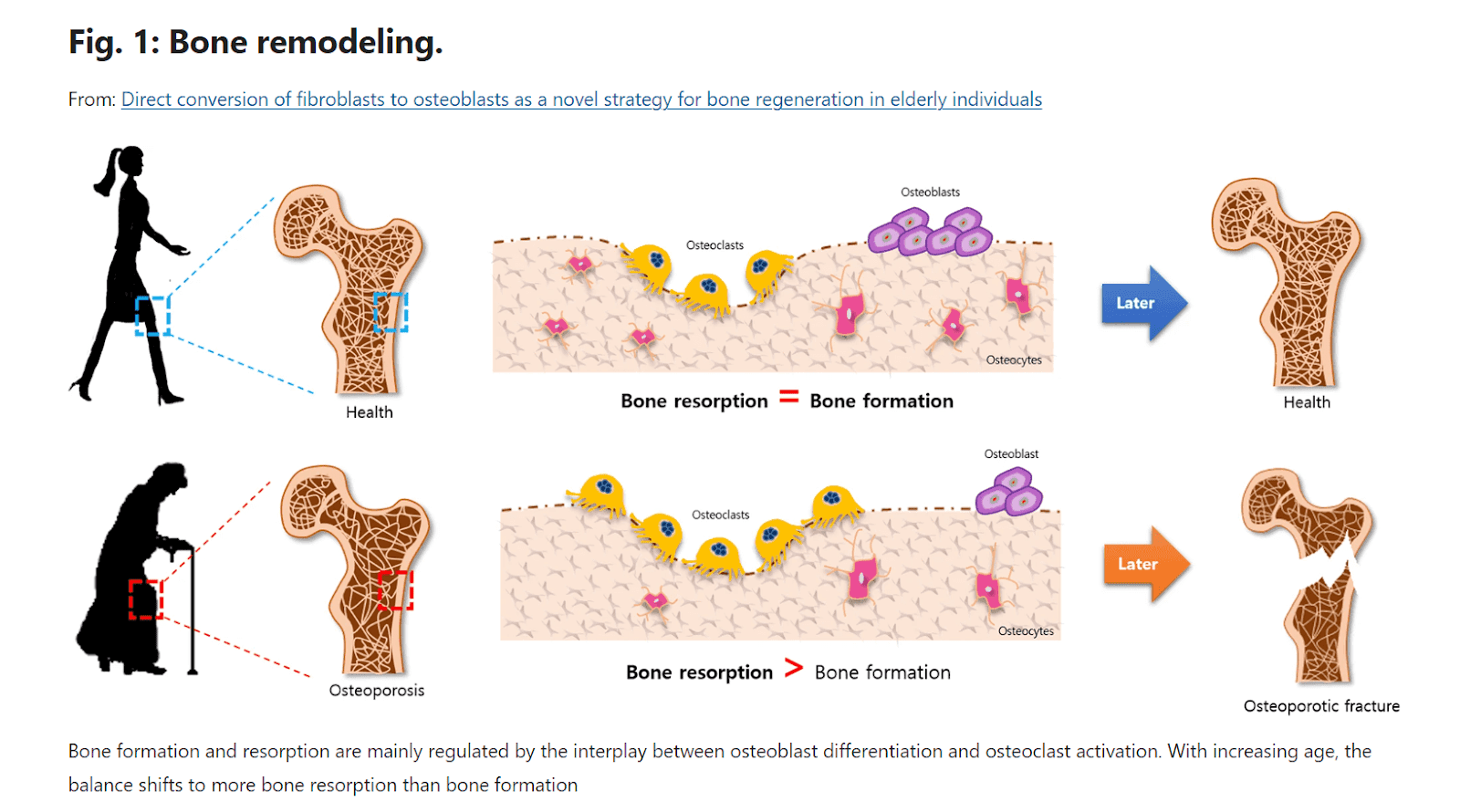
Source: Experimental & Molecular Medicine
As you can see, the illustration is supplemented with a sentence explaining the concept in simple terms, with minimal technical vocabulary.
Writing scientific papers is not an entry-level technical writing job. You can’t expect all scientists to be good at writing, either.
Therefore, a scientific paper requires collaboration between subject matter experts who bring the know-how and technical writers who know how to organize complex information.
Technical Writer Books
Have you ever wondered how exactly writers decide on the best way to communicate a piece of technical information?
Before implementing a stylistic choice, they usually consult a technical writing book, our next technical writing type.
If you’ve worked on creating technical documentation, chances are you’ve used a technical writing style guide to assist you in the process.
Style manuals contain knowledge nuggets scattered throughout a PDF document or a website, like in this GitHub’s content style guide.

Source: GitHub
However, if anyone is aware of the perils of fragmented information, it’s the writers dealing with technical documentation.
This is why technical writers turn to books about technical writing itself. Quite meta, right?
For instance, Modern Technical Writing is a popular book in software documentation circles.
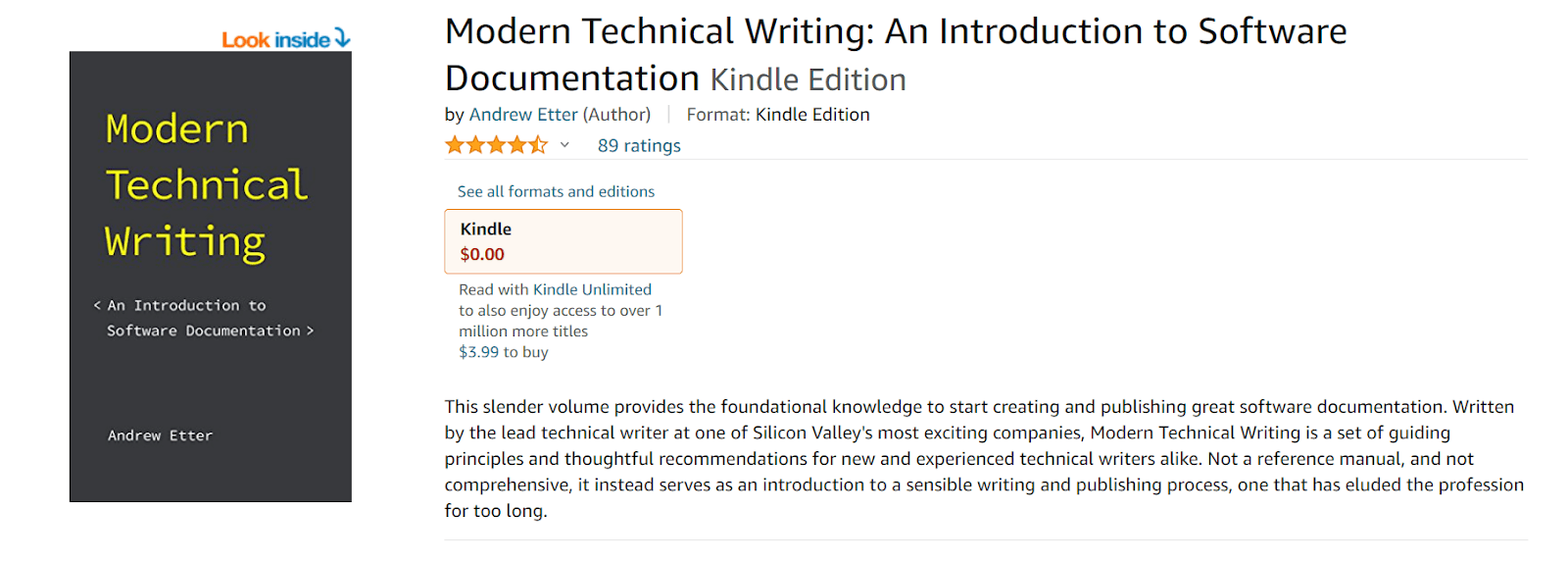
Source: Amazon
The book was written by Andrew Etter, technical writing manager at Google. The author’s credentials guarantee that readers can find tried-and-tested methods for technical writing.
Unlike concise guides where limited space prevents authors from elaborating their points, books provide readers with detailed insight into the writing practices.
They analyze ideas, list relevant considerations, provide solutions and support them with positive and negative examples.
Of course, exhaustive style guides, such as those from Apple and Microsoft, can be great resources for learning the ropes.
But if you’re looking for a comprehensive source of information not restricted to company-specific examples, you might want to check out books aimed at technical writers in general.
Assembly Manuals
Seeing that you get one with each piece of furniture you buy, we can safely assume that assembly manuals are among the most common types of technical writing.
Assembly manuals are a great example of how technical writers adjust the level of information depending on the audience.
Some companies, such as IKEA, adapt their assembly manuals to fit the needs of regular customers.
Because of that, you won’t find any written instructions in IKEA manuals. Straightforward illustrations will guide you through the assembly instead.
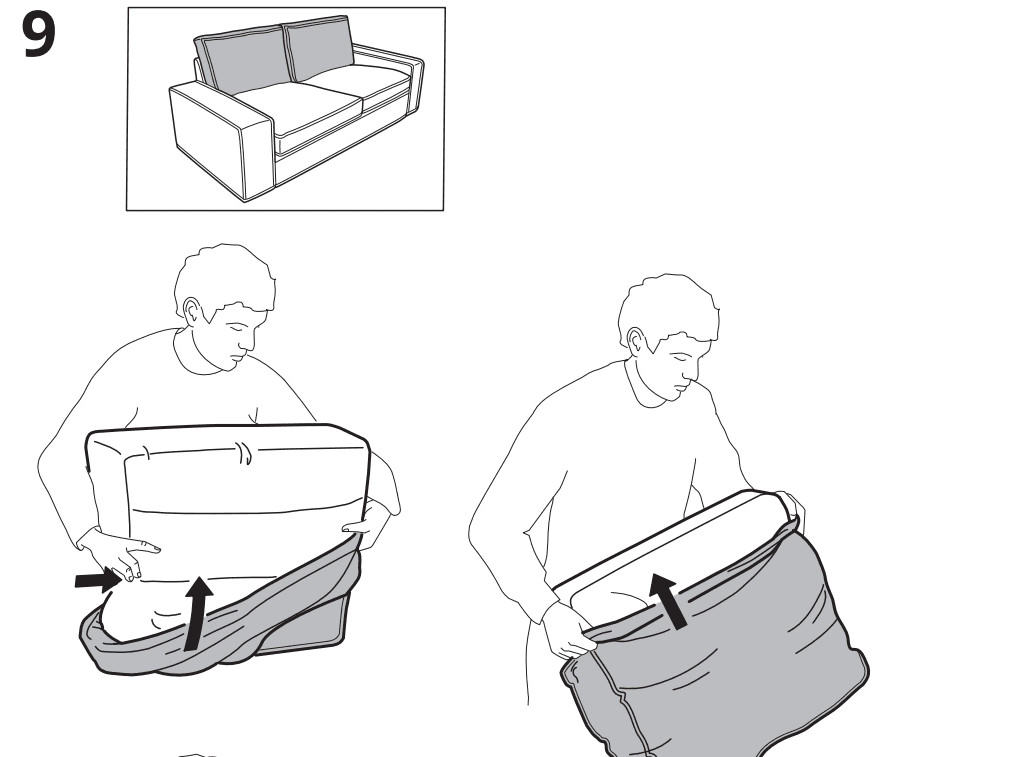
Source: IKEA
On the other hand, assembly manuals for products that involve dangerous elements or require handling electronics tend to incorporate direct, written instructions.
One such example is this air conditioner installation manual by Haier. The manual begins with the warning page listing the safety measures installers have to follow.
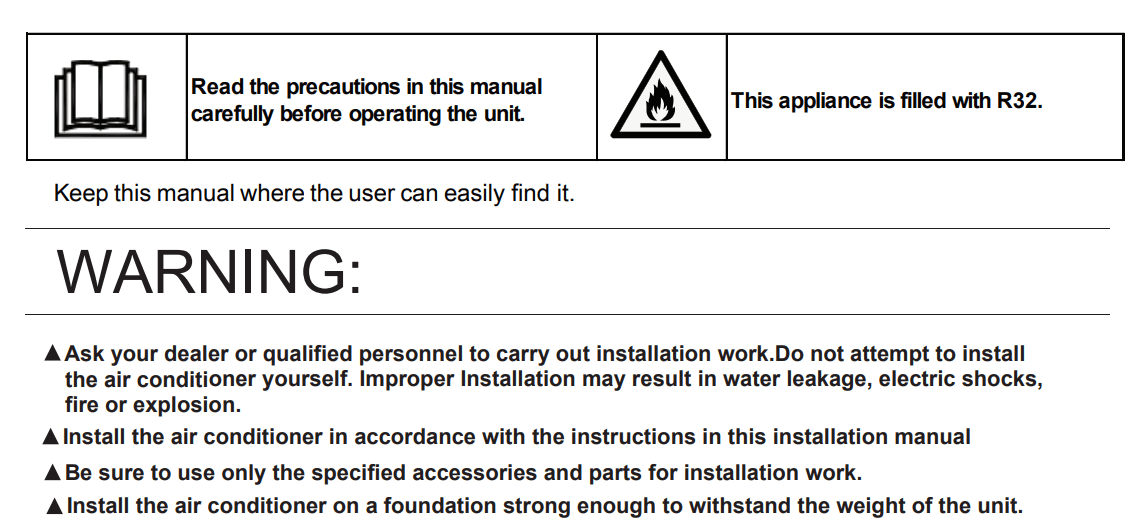
Source: Haier Air Conditioning
As you can see, the manual uses active language and precise vocabulary to keep such vital content understandable.
The same principles apply later in parts that use technical vocabulary to guide the installation.

Source: Haier Air Conditioning
Electricians or engineers are rarely the ones who write assembly manuals—the job is usually outsourced to professional technical writers.
Although you don’t need an engineering degree to create manuals, a practical understanding of the product you’re describing is crucial.
This is why it’s good to establish a collaboration between writers and engineers.
The collaboration ensures that the presented information is accurate and that the language is straightforward and easy to follow.
Technical Reports
While most other types of technical writing are intended for customers, companies create technical reports to provide information to all stakeholders, including end-users, investors, and other businesses.
Such a target audience requires business-savvy communication supplemented with technical know-how.
Still, you should present the fundamental ideas in a way approachable to those readers without a technical background.
Some of the forms of technical reports are:
- Feasibility reports
- Primary research reports
- Business plans
- Case studies
- Laboratory reports
For this section, we’ll examine an excellent example of a technical report created by Apple.
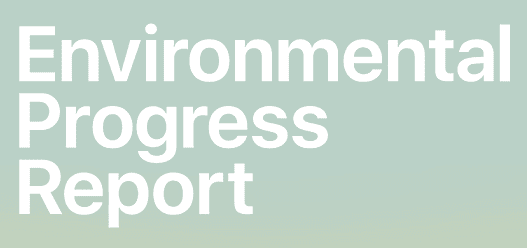
Source: Apple
The Environmental Progress Report contains chapters about climate change, resources, and smarter chemistry. It ends with the appendix with raw data.
The report makes information accessible by providing plenty of infographics and charts and highlighting critical facts.
Each chapter begins with a section about goals and highlights. The following image shows highlights of the report as a whole.
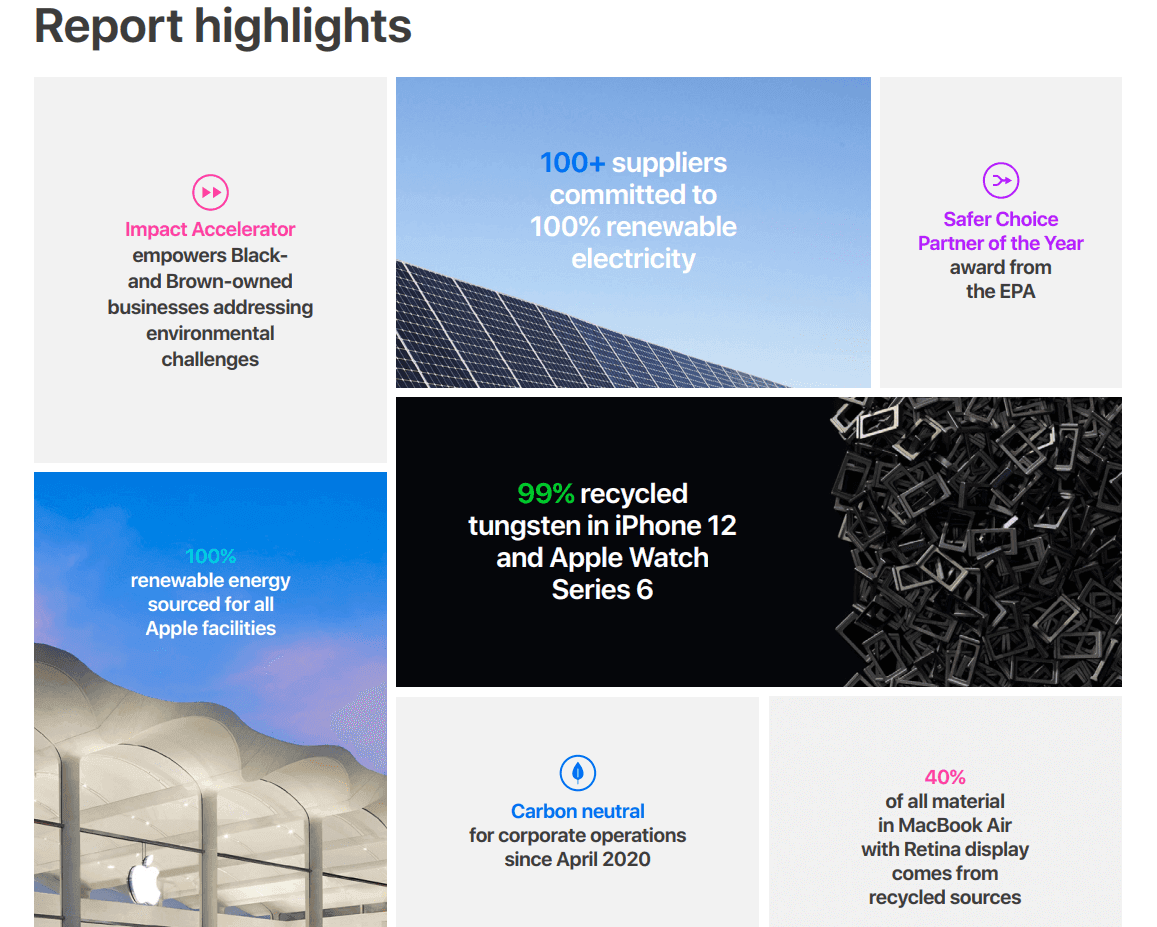
Source: Apple
Bear in mind that not all types of technical reports lend themselves to the design-first approach we’ve seen above.
If you’re working on a financial report, it’s probably best to cut down on striking imagery and focus on straightforward charts and diagrams.
Another distinctive characteristic of technical reports is the scope of the subject matter the writer needs to grasp.
Some technical writing types only call for the knowledge of a specific product.
Technical reports, on the other hand, require the understanding of the product’s or the company’s past, current, and future operations.
So, if you’re tasked with writing a technical report, make sure you research the topic thoroughly and adjust the writing style in accordance with the audience.
News Releases
That’s right—news releases can get technical. They’re usually written after significant events, such as a published technical report.
For instance, Apple publishes environmental progress reports yearly, as we’ve seen in the previous section.
A news release follows the publishing of each report. You can find the one that references our example here.
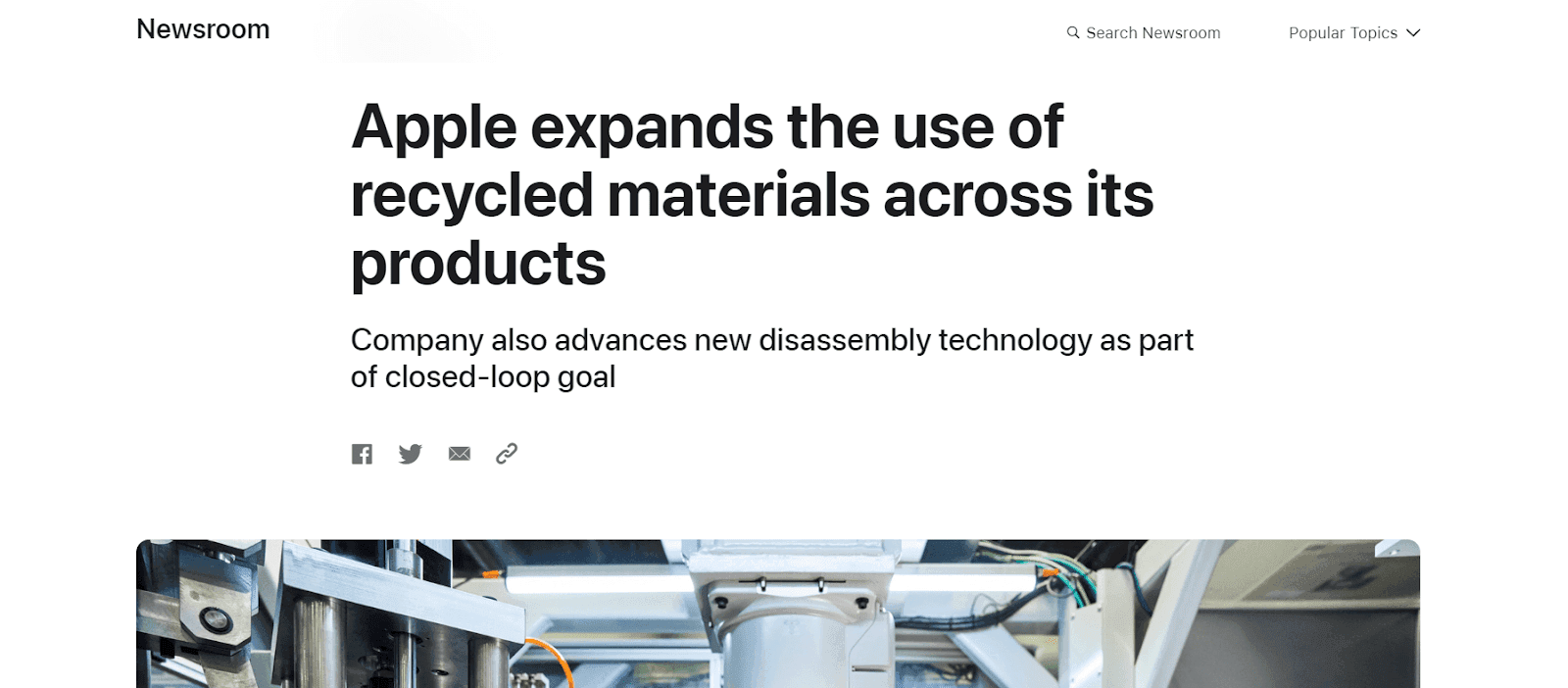
Source: Apple
However, news releases are not limited to developments in technology. You can also find releases related to energy, environment, healthcare, telecommunications, and more.
To see this type of technical writing from a different angle, we’ll go through a news release created by WHO.
The news release was published following the 2022 Global Report on Infection Prevention and Control.
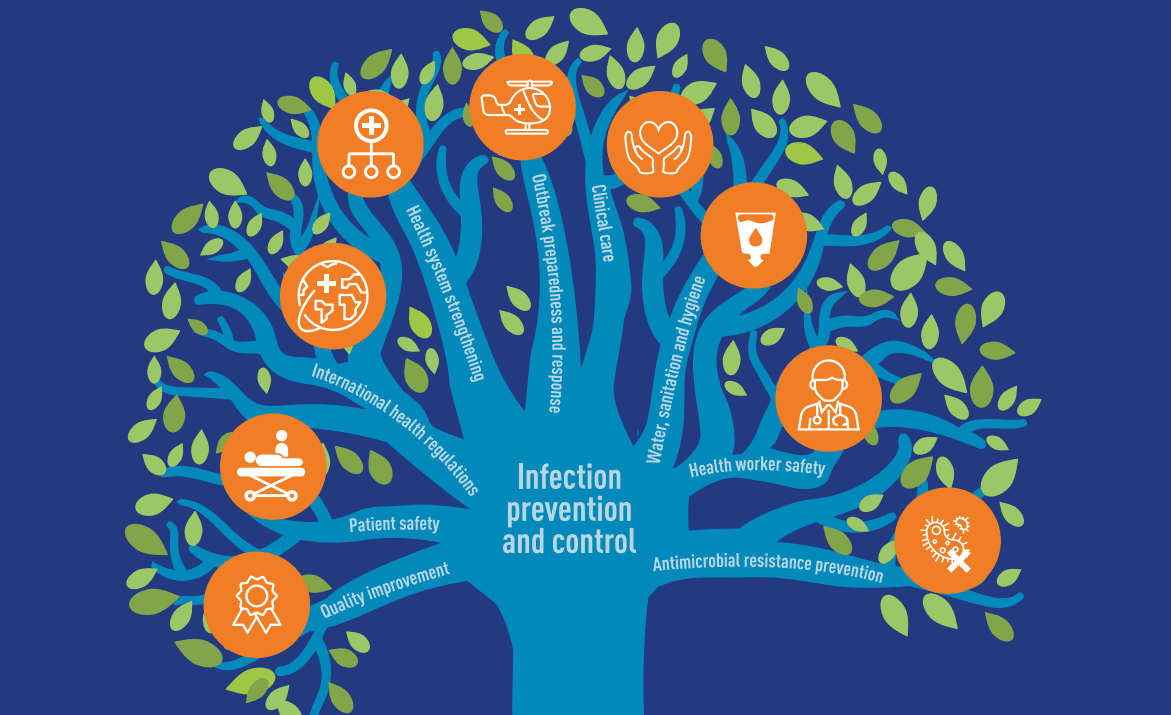
Source: WHO
You can notice the elements of journalistic writing as soon as you start reading the release. The headline announcing the report is followed by the subheading that reads:
“Reveals that good IPC programmes can reduce health care infections by 70%.”
And that’s it; the readers are already given the main finding of the release. One pithy statement provides readers with the context needed to continue reading.
The rest of the release elaborates on the findings and supplies expert quotes to enhance credibility. Data from the previous years of research are also outlined.
The text ends with notes to editors, a common practice in news releases.

Source: WHO
These notes contain information that’s useful to the media but that doesn’t have to be included in the story.
All in all, if you’re accustomed to writing highly technical content, news releases may be a new format to master.
Luckily, if you’re familiar with the content of the news discussed, you already have the grounds to base the release on.
Technical Descriptions
Technical descriptions describe a mechanism, a piece of equipment, or a mechanical process part by part.
Since this type of technical writing is created to show how the product works, the writer has to have an in-depth knowledge of all the components.
Technical descriptions come in the form of standalone documents, but are also often used as elements of larger technical documents such as manuals or project proposals.
Let’s look at an example of a well-made technical description. This description of the disk brake system was created as a part of the dealer’s manual for the Shimano bicycle distributors.
The document starts with safety protocols, which is a standard practice in documentation dealing with physical products. Next, the description lists the names of parts.
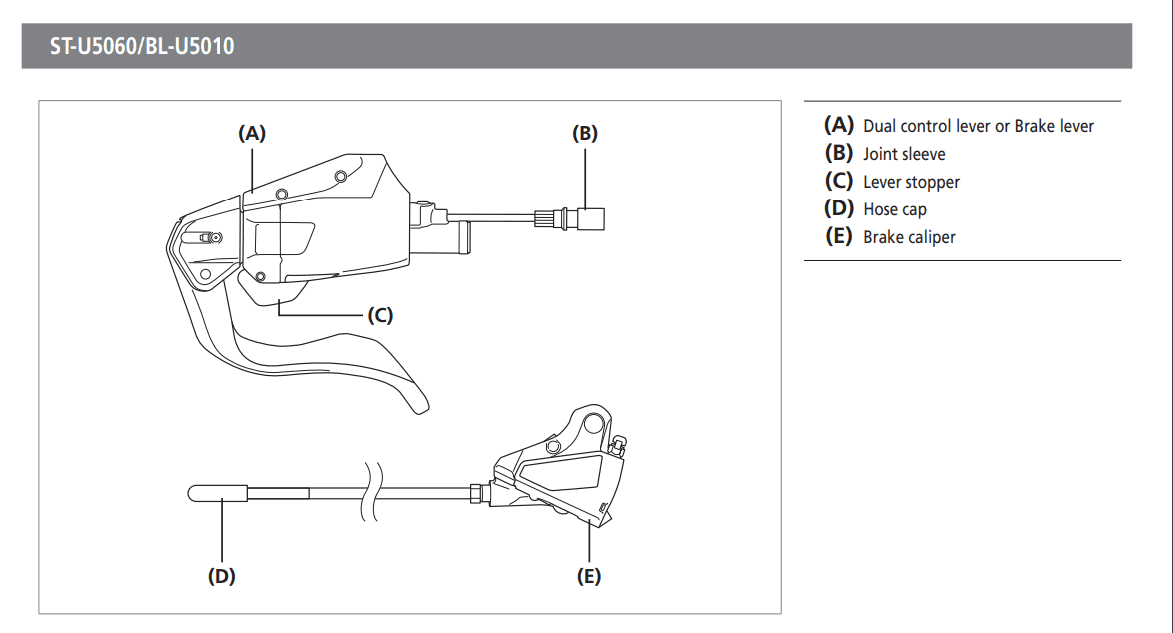
Source: Shimano
There are several designs depicting the names of parts for different components of the system.
Some have descriptive names, such as joint sleeve, while some, such as BL-U5010, are classified according to Shimano’s internal nomenclature.
Either way, illustrations and the related names help readers determine exactly what is described.
The manual then uses the information outlined in the description to describe the installation, adjustment, and maintenance.
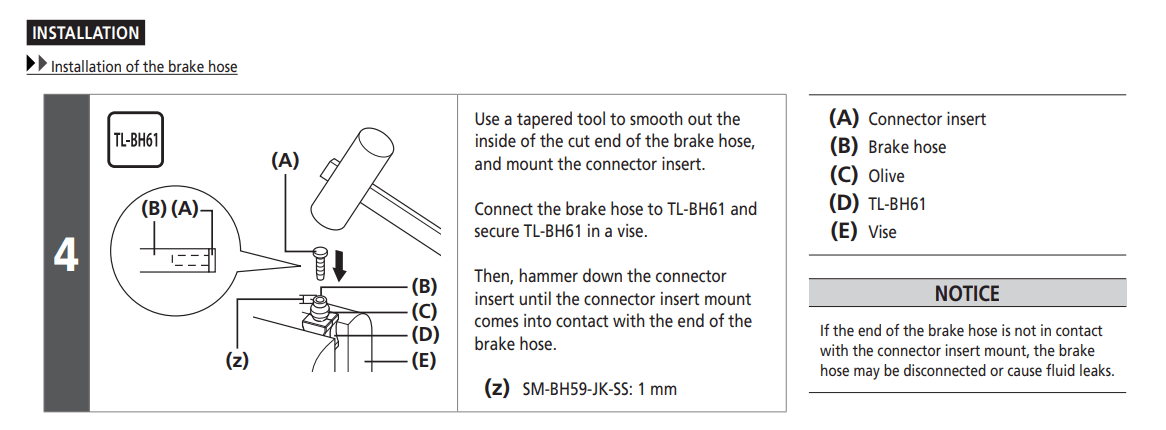
Source: Shimano
Essentially, the technical description is a fundamental part of the manual on the whole.
So, if you want the related pieces of technical writing to be clear and comprehensible, you have to start by creating a detailed and approachable technical description.
White Papers
There’s a type of technical writing where technical data meets the art of storytelling, and that type is a white paper.
White papers provide information about products or services. However, companies often build on the informative nature of white papers and use actionable writing to gain new customers.
A typical white paper points to an issue, outlines potential solutions, and informs the readers about how the company can help.
For instance, the white paper about the future of pay issued by ADP, a payroll services company, examines how worker pay management has changed in recent years.

Source: ADP
The paper is a result of research ADP has previously conducted.
Such high-quality content enhances legitimacy and establishes the company as an authoritative source of information.
Similar to other pieces of customer-centric writing, ADP’s white paper presents findings in approachable portions enriched with clean visual elements.
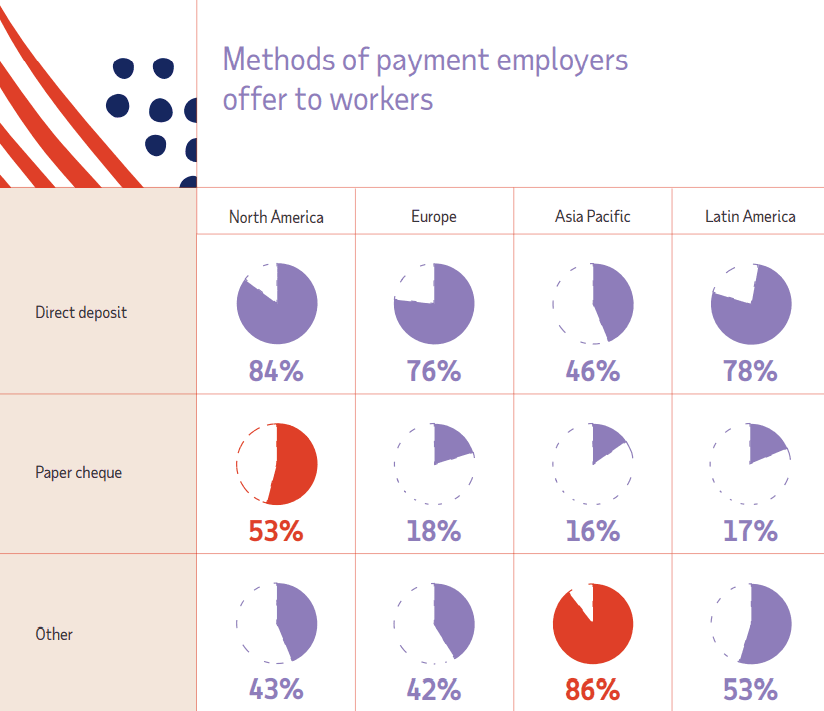
Source: ADP
Lastly, the white paper addresses the accuracy and security issues that may arise with specific payment methods.
However, the conclusion doesn’t contain a call to action. Instead, the paper ends with an objective summary of the findings.
The contact information is provided in the last slide, allowing the interested readers to reach out to the company with no pressure.
To write one such piece of technical content, you first have to determine what data provides the most value to your target audience.
The second part is styling the information in a way that represents your brand and maintains professionalism.
Remember, white papers can turn passive readers into customers, so make sure your writing gives them a reason to contact you.
Conclusion
From effective white papers to detail-oriented technical reports, all types of technical writing require you to tweak your approach to interpreting and organizing information.
In some cases, you’ll put the data first, while other forms of technical content call for storytelling.
All in all, there’s versatility in technical writing, and we hope that our examples of technical writing types have helped you see it.
Frequently Asked Questions
The article highlights seven common types: - Scientific papers - Technical writing books and style guides - Assembly manuals - Technical reports - News/press releases - Technical descriptions - White papers



